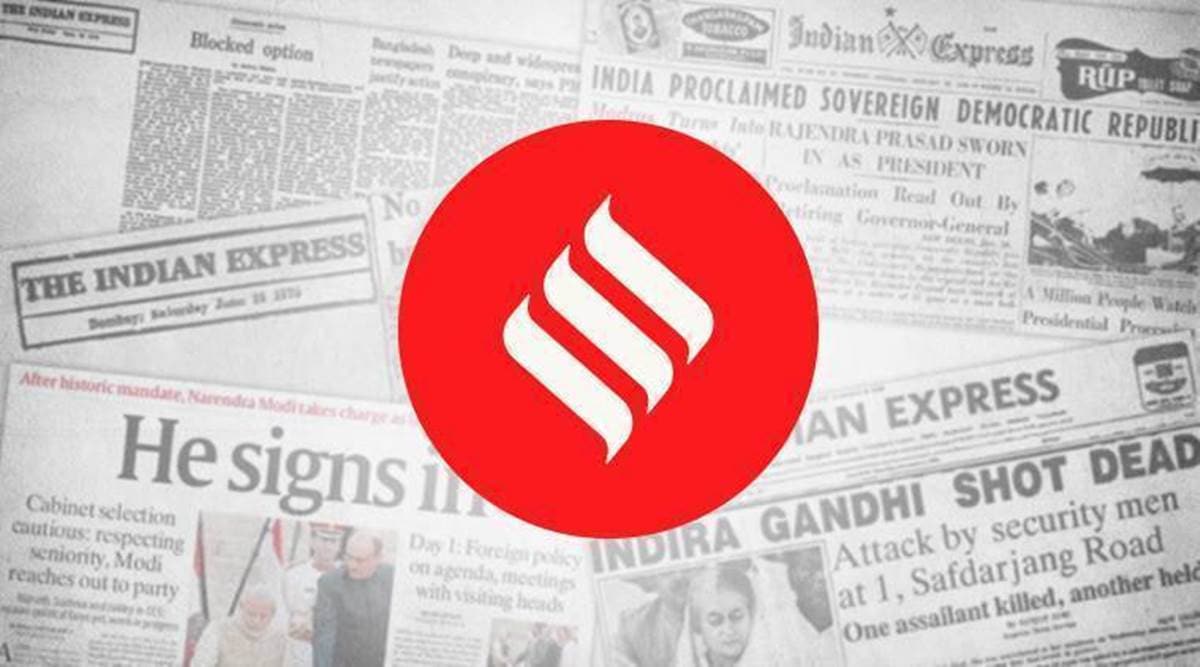 The Delhi government must also ensure that its medical infrastructure is equipped to deal with any uptick in the capital’s caseload.
The Delhi government must also ensure that its medical infrastructure is equipped to deal with any uptick in the capital’s caseload.The good news from the interaction between Union Defence Minister Rajnath Singh and his Chinese counterpart, Gen Wei Fenghe, in Moscow late last week is that talks will continue at all levels. The bad news, however, is that the talks don’t seem to be going anywhere. Beijing’s definition of the problem is rather different from Delhi’s. Unsurprisingly, the goals of the two sides are divergent and that makes it harder to end the current military standoff in eastern Ladakh, now into its fifth month. It is therefore unlikely that the scheduled talks between the external affairs minister, Subrahmanyam Jaishankar, and China’s top diplomat, Wang Yi, in Moscow this week will ease this stalemate.
Continuous engagement is necessary to communicate Delhi’s political resolve that it will accept nothing less than a full restoration of the status quo ante that existed before the People’s Liberation Army’s aggression in Ladakh. China, in contrast, wants to persuade India to accept the changed territorial disposition on the ground, forget the Galwan clash in June that saw the first deaths on the disputed frontier in more than four decades, and resume normal economic and political cooperation. India insists that the conflict on the border can no longer be separated from the rest of the bilateral relationship. Beijing’s media keeps reminding that China is a much stronger power than India. It highlights India’s domestic economic difficulties and a faltering battle against the coronavirus. Beijing is also betting that Indian governments in the past had acquiesced in China’s frequent nibbling of India’s Himalayan territory and that the present dispensation in Delhi has no choice but to lump it.
Delhi needs to disabuse itself of two unfortunate assumptions of the previous government. It entertained the illusion that China’s preoccupations in the South China Sea will encourage Beijing to be more flexible in the Himalayas. President Xi Jinping has repeatedly signalled he has enough military power and political will to fight on multiple fronts. Delhi also believed that keeping strategic distance from Washington will win political rewards in Beijing. Xi is saying that China can deal with the US on its own, and his priority with India is to redeem territories that Beijing has long claimed. While the talks with China must continue, they will be productive only when Delhi can convince Beijing that India has options; and that it will take them and pay the necessary price. India, then, must pursue three sets of actions parallel to the talks. First, to demonstrate that its security forces will not only stand firm through the approaching harsh winter, but also intensify pro-active defence. Second, to continue to raise the economic costs of Chinese territorial aggression. Delhi has already announced a series of steps; and must sustain the pressure through additional measures. Third, Delhi needs to step up its security cooperation with its international partners to reduce the real power gap between India and China.